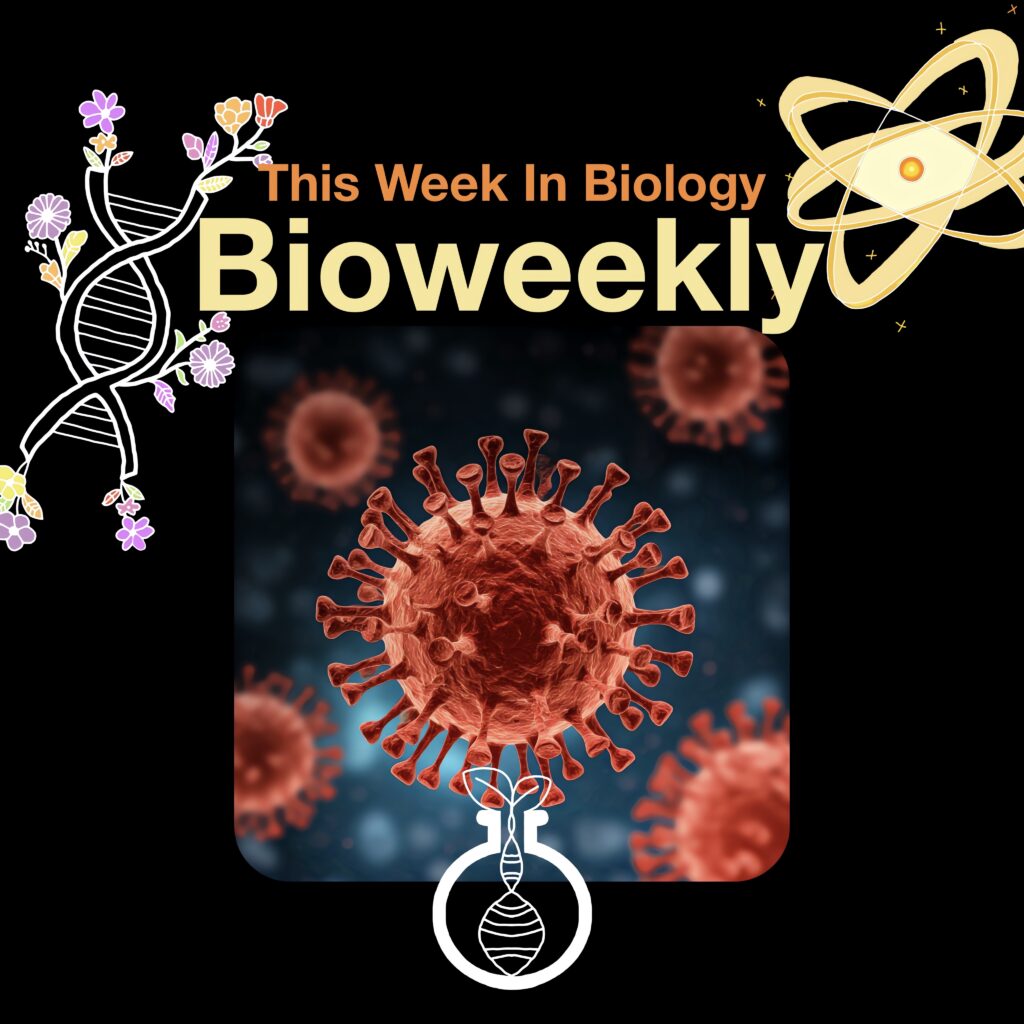Welcome to another captivating week in biology! 🌱🔍 This week’s stories delve deep into the brain’s enigmatic processes, unveil a groundbreaking advancement in non-invasive cancer detection, and illuminate the intricacies of gene-editing technology. We’re unravelling how brain cells orchestrate our actions like a music box, exploring a breath test that could revolutionize early lung cancer diagnosis, and scrutinizing the double-edged sword of CRISPR for genetic repair. Each discovery brings us closer to a future where biology unveils novel avenues for diagnosing, treating, and comprehending disease. Are you ready to explore the science of tomorrow? 🌍✨
You can find all of the sources in this article right below each headline.
Your Brain as a Music Box: How Neural ‘Playlists’ Guide Behavior
Researchers have found that certain brain cells act like a “music box,” guiding us through sequences of behaviors by forming coordinate systems that map our progress toward specific goals. In studying mice, neuroscientists at the Sainsbury Wellcome Centre at UCL and Oxford discovered that these cells help track an animal’s position within a sequence, which aids in planning and generalizing behaviors for new tasks. This research, published in Nature, could also deepen understanding of psychiatric conditions like schizophrenia, where goal-tracking processes may go awry.

You can find the full article from here
A Breath Test for Lung Cancer? New Sensor Spots Signs Early
Scientists have developed ultra-sensitive nanoscale sensors that can detect lung cancer by analyzing exhaled breath, marking a potential breakthrough in early, non-invasive diagnosis. In a study published in ACS Sensors, researchers used these sensors to measure levels of isoprene—a chemical in breath that drops in lung cancer patients—accurately distinguishing breath samples from people with and without lung cancer. This innovation could significantly enhance early detection and improve patient outcomes.

You can find the full article from here
CRISPR Caution: The Genetic Scissors That Cut Both Ways
Researchers have shown that while CRISPR “genetic scissors” can correct genetic mutations responsible for chronic granulomatous disease, the process may inadvertently create new genetic defects. In studies on immune cells with this genetic defect, scientists at the University of Zurich found that CRISPR sometimes caused deletions in the chromosome, potentially leading to complications such as leukemia. This study underscores both the promise and the challenges of CRISPR-based therapies, highlighting the need for further refinement to improve safety and efficacy.

You can find the full article from here
Thank you for diving into this week’s news with us. We hope you enjoyed uncovering these fascinating updates as much as we did. Be sure to return next week for more exciting discoveries from the world of science. Until then, stay curious and keep exploring!


My name is Ali Emre Cabadak, a dedicated biology enthusiast currently pursuing my studies at Marmara University, where I am majoring in Bioengineering. As a passionate advocate for scientific discovery and innovation, I am the founder of Biologyto. My goal is to bring the wonders of biology closer to everyone and inspire a new generation of thinkers and innovators. Through Biologyto, I aim to write scientific articles that delve into the fascinating world of biology, sharing insights and discoveries that inspire curiosity and innovation.





